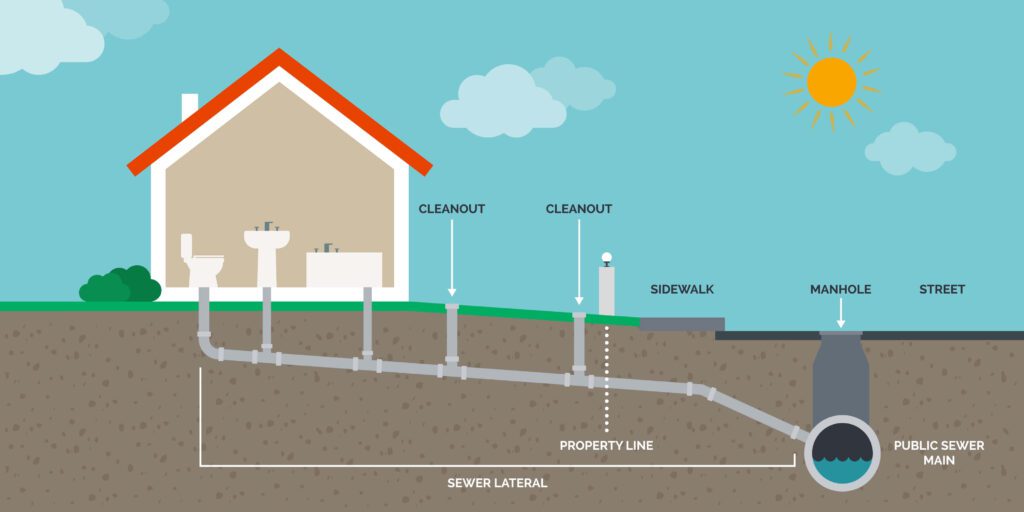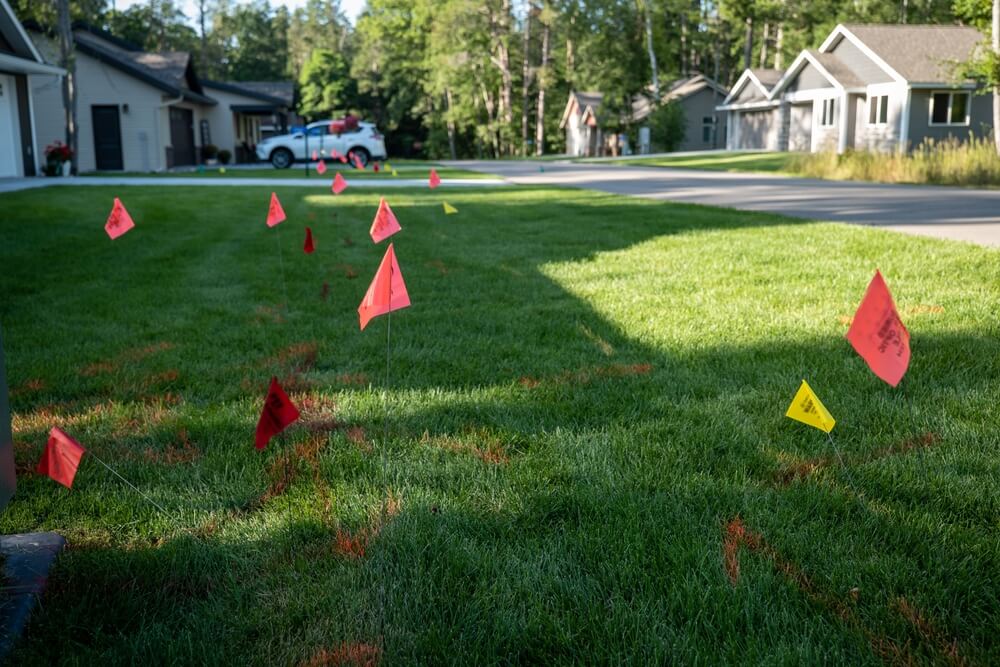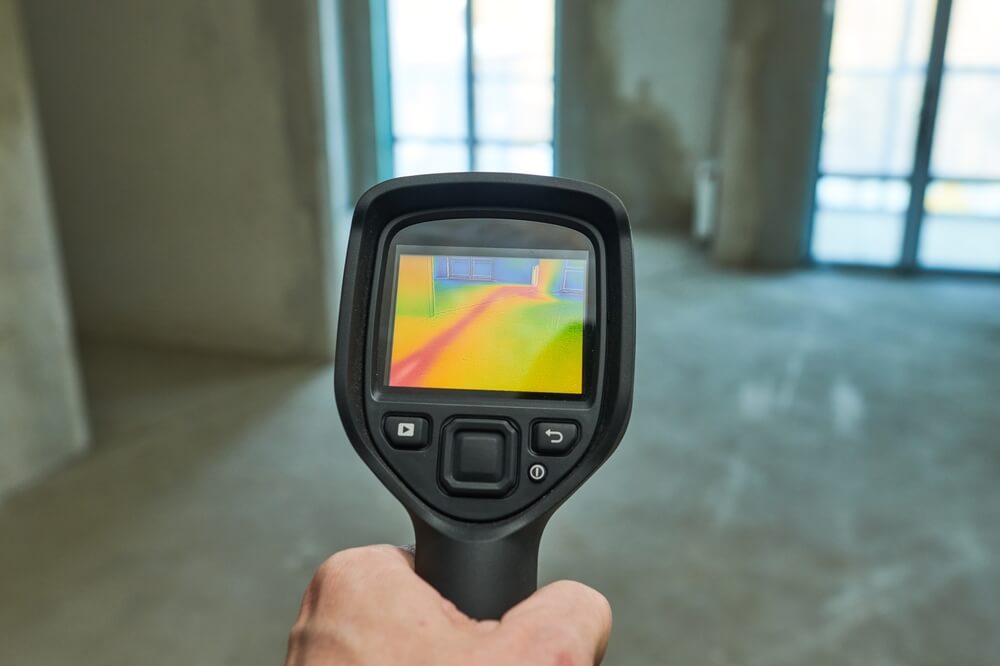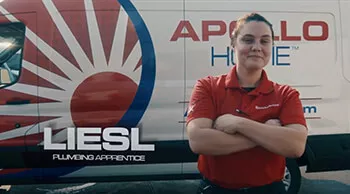Blog
The Best Method For Locating Plumbing Lines

Underneath the ground in your yard is buried your main sewer line, water line, gas line, cable or internet line, and sometimes your electric line. As a homeowner, you must know where they are located if you plan to do any digging.
These lines can be costly to fix if you damage any of them. So, if you plan to plant a tree, bury your gutter lines, dig a drainage ditch, or anything else that involves digging in the ground, get your buried pipelines and cables traced so you know exactly where they are.

How to Find Buried House Lines as a Homeowner
Before beginning any excavation, it is required by law to have your lines marked to avoid accidents. 811 services in Ohio, Kentucky, and most states offer free buried service line markings. Ohio homeowners can go to OHIO811 to request that buried service lines be marked. For those in northern Kentucky, go to Kentucky811.org.

Both services require at least two full working days' notice before you plan to begin excavation. After the lines are marked, you must begin excavation within ten days, or the marking period will have “expired,” and you’ll have to request the markings again.
How Close Can I Dig to the Marked Lines?
Eighteen inches of room is required on both sides of any marked line. If the marked line does not have a marked depth, assume two inches, and then go 18 inches on either side. Trees should be planted at least ten feet away from a water or sewer line, but further away is better.
Tracing Plumbing Lines For Sewer or Water Line Repairs
Emergency plumbing problems don’t always occur in easy-to-reach locations. Leaks, breaks, clogs, and other troubles can occur with underground lines and can be difficult and expensive to find and reach.
811 services work off of public records. If the records are incomplete or private lines were installed, the markings will be inaccurate or missing information. The best method for finding underground plumbing lines is a two-step process using cameras and ground-penetrating sonar or radar.

First, the plumber sends a camera down into the pipe or drain system. The start point may be inside your home, or there may be a better access point outside. By noting which direction the camera travels, the plumber can get a general idea of the underground location of the pipes.
The camera will allow the plumber to see damage, rust, scale, clogs, tree root penetrations, and other problems. The camera allows the plumber to identify the issue causing the problem, such as a break, crack, or clog.
Once the problem has been located, the plumber can use a sonar device or ground-penetrating radar to create a map of the plumbing pipes and water lines. As the sonar or radar equipment is rolled along the ground, it sends a signal into the earth to detect where the pipes are buried. The device indicates the location on a mapping display, allowing the plumber to dig up the lines without wasting time.
The plumber might send an electronic transmitter into the pipes in certain circumstances. These devices can be used to find buried water lines. This transmitter can be detected with electronic above-ground locators, which pinpoint the location of the plumbing lines.
Apollo Home Plumbing Line Services in Cincinnati
 After over a century in business, Apollo Home Heating, Cooling & Plumbing is one of Cincinnati’s oldest and most trusted HVAC and plumbing services providers. While we are one of the oldest HVAC and plumbing companies, we stay current with the latest technology and equipment in the HVAC and plumbing industries.
After over a century in business, Apollo Home Heating, Cooling & Plumbing is one of Cincinnati’s oldest and most trusted HVAC and plumbing services providers. While we are one of the oldest HVAC and plumbing companies, we stay current with the latest technology and equipment in the HVAC and plumbing industries.
Contact us if you need help locating plumbing lines, or if you encounter a plumbing emergency in Cincinnati or nearby areas. Or better, get to know us before an emergency arises. Should an emergency develop, you can call us with 100 percent confidence.


